SeaWorld is a family entertainment company that operates eleven theme parks throughout the United States of America. It was formerly a subsidiary of Anheuser-Busch, with a headquarters in Orlando, Florida. However, following the release of a film about an orca whale, SeaWorld is now desperately fighting for its survival. This post will explain the arguments presented in this film and SeaWorld’s response to them.

SeaWorld began to face marketing issues in 2013 when a low-budget documentary entitled “Blackfish” exposed problematic aspects of SeaWorld’s primary revenue generator, its Orca whale shows. After the release of this film, SeaWorld’s shares have dropped by half and an eighty-four percent drop in profits. This is known as the “Blackfish Effect.” This film resulted in a wide variety of public campaigns by animal activits to end the captivity of Orca whales.

The film “Blackfish”, directed by Gabriela Cowperthwaite, followed the captivity of an Orca whale named Tilikum. Many believe that being held in captivity for twenty years in isolation resulted in the killing of three people- one in 1991, another in 1999, and the last in 2010. Supporters of the film believe that the stress of performances drove Tilikum to exhibit aggresive behavior, such as chewing on the metal gates and the concrete sides of his tank.

When this film was initially released, many animal activists, and even celebrities, took to social media to call for a boycott of SeaWorld. Activists cite reasons such as SeaWorld breaking the Animal Welfare Act, separating orca calves from their mothers, running a breeding program that shows little regard for cetacean health, showing little regard for its employees’ health, ignoring veterinary guidelines in the care of their animals, and generally profiting off of keeping animals in captivity when they do not need to be.
1. SeaWorld violating the Animal Welfare Act
SeaWorld was found to be in violation of the Animal Welfare Act by the United States Department of Agriculture after a routine inspection discovered expired veterinary materials in the surgical suite. The USDA also found animal performance facilities in disrepair. SeaWorld had also been found in violation of policies in 2007, 2012, and 2014.

2. SeaWorld’s lack of regard for cetacean health in its Orca breeding program
After the capturing of wild Orca’s became illegal, SeaWorld created a breeding program that many argue fails to consider Orca health. Female whales are forced to breed at an unhealthily young age. SeaWorld also has a program of continuous breeding, which involves constantly breeding female whales with male whales that are closely related to their breeding partners. This can lead to major problems for the survival and rearing of calves.

3. SeaWorld’s lack of regard for worker safety
One of the main topics of the “Blackfish” film is the ongoing legal battle between SeaWorld and OSHA, the federal agency that enforces workplace safety and health standards. SeaWorld is arguing for the continued ability to allow Orca trainers to swim in tanks with the animals, which OSHA argues is dangerous and stressful for both the whales and the workers.

4. SeaWorld profits off keeping orcas and other marine animals in captivity
There has been continuous evidence that demonstrates that being held in captivity is detrimental to the physical and mental health of marine animals. Captivity results in unnatural behaviors in whales, that results in trainers being put in danger. Part of what angers animal activists so much about SeaWorld’s captivity of these animals is the fact that SeaWorld claims to be a research institute. If SeaWorld actually honored this supposed purpose, it would realize that keeping intelligent mammals like dolphins and whales in captivity is absolutely detrimental to their health. Both research and anecdotal evidence have shown that the lives of the parks’ captive animals are marked by pain and suffering that these animals would not have experienced in the wild.

SeaWorld’s response to “Blackfish”
Despite the scientific evidence being on the side of the “Blackfish” filmmakers, SeaWorld has attempted to use aggressive marketing strategies to make up for the dramatic loss of business following the release of this movie. SeaWorld launched a marketing campaign and a series of television advertisements that claim that SeaWorld treats Orcas well, and that its whales “live as long as those in the wild.” Their marketing campaign focuses on providing facts about its animal care efforts and explains its multimillion-dollar investments in orca whale research in an attempt to rebrand the company.

Immediately following the release of “Blackfish”, SeaWorld released an open letter that appeared in major newspapers like New York and USA Today. In this letter, SeaWorld claimed that the information contained in “Blackfish” were inaccurate and that the letter was being written to “set the record straight” (source). This letter argued that the employees of SeaWorld are animal advocates who have “dedicated their lives to the animals in [their] care” (source). They went through some of the film’s main claims previously discussed, denying all of them.

However, this was not enough. There was still a lot of protests occurring. Celebrities that were set to appear at Sea World parks refused to perform, and park attendance continued to drop. This was SeaWorld’s wake up call that they had to take further action.






The next step in SeaWorld’s rebranding attempt was to create a web page called “Truth about Blackfish”, which was a continued critical analysis of the “Blackfish” documentary. This campaign was launched on all of SeaWorld’s social media platforms to prove that “Blackfish” was one sided.

In 2015, Jim Atchison, SeaWorld’s CEO, was replaced by Joel Manby, who pushed SeaWorld’s marketers for full reputation management. The first action that he took was to create the “SeaWorld Cares” marketing campaign. This campaign consisted of various television commericals and print advertisements highlighting SeaWorld’s rescue and rehabilitation program, and veterinary care.
“‘SeaWorld Cares’ goal is to turn the parks inside out, so that guests can see al the good work we are doing with animals in terms of rescue, rehabilitation, treatment, to promote a greater appreciation of the whole mission,”-SeaWorld’s Senior Marketing Officer Peter Frey
SeaWorld also launched the “Meet the Animals” campaign to clarify some misconceptions about Orca whales that they believe “Blackfish” created. Another campaign was “Ask SeaWorld”, which was an attempt to allow Twitter users to post questions to SeaWorld’s Orca veterinarians and trainers. However, this “Ask SeaWorld” campaign backfired when animal activists took over the hashtag. SeaWorld was still able to answer a significant amount of questions though.

Also in 2015, SeaWorld’s CEO presented plans for a fifty foot, ten-million-gallon tank for its Orca whales in San Diego. This plan was entitled the “Blue World Project,” which is supposed to open in 2018. This tank is supposed to include stimulating new environments for the Orca whales.

In June 2016, SeaWorld announced that it would begin to phase out the orca shows at its San Diego theme park within the next two years in an attempt to rebrand itself as an animal conservation company rather than an entertainment company. This is in response to the protests that started immediately following the release of “Blackfish.” These shows are supposed to demonstrate how these whales behave in the wild and have a focus on conservation efforts.

SeaWorld’s new CEO, Joel Manby, is still working hard to win back the trust of the public and investors in the company. This case with SeaWorld and “Blackfish” demonstrates the importance of knowing when marketers need to take dramatic action in order to rebrand their company. Because SeaWorld’s more passive attempts to fix the negative backlash of “Blackfish” failed, SeaWorld was forced into a position where they had to take more active actions or risk their business failing. This is a prime example of marketing used as crisis management.
-Merrin Overbeck





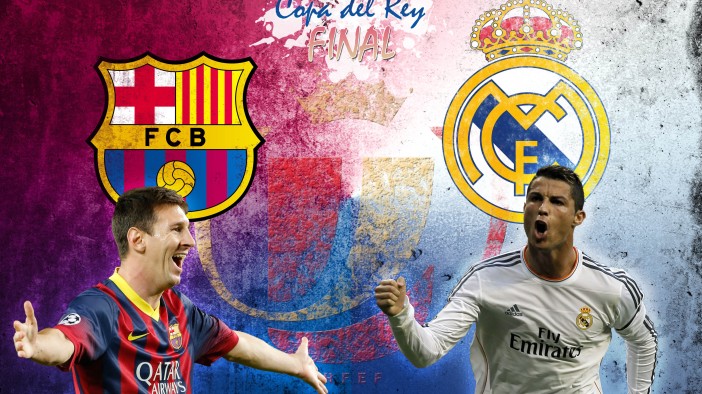

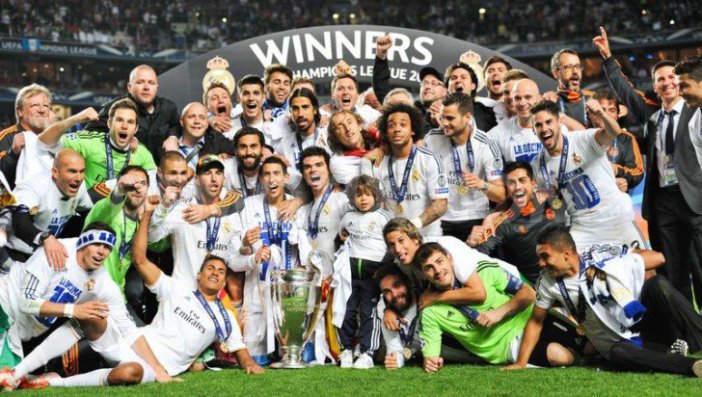




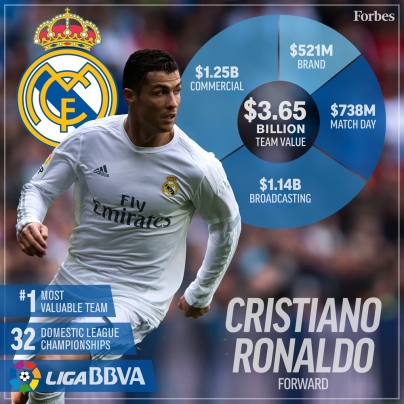
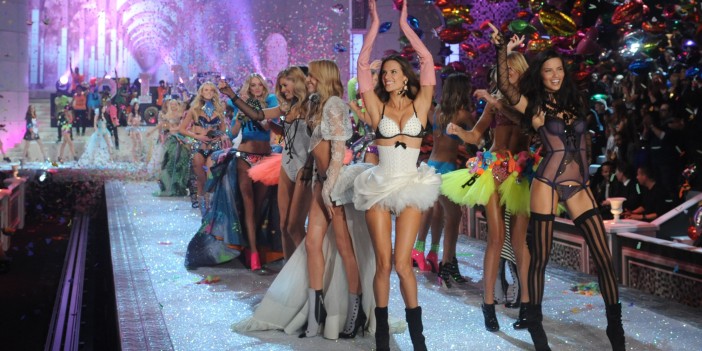
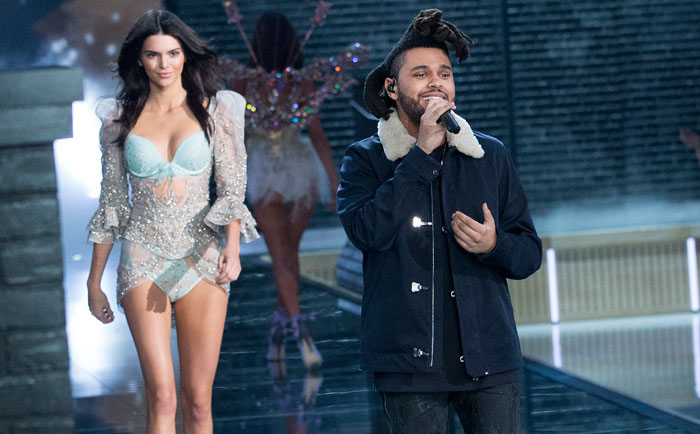

















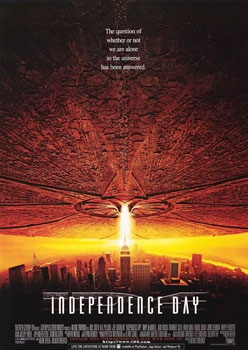












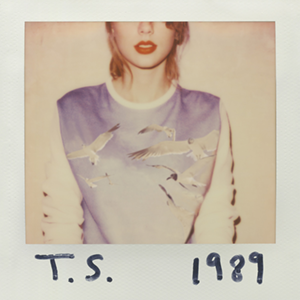




















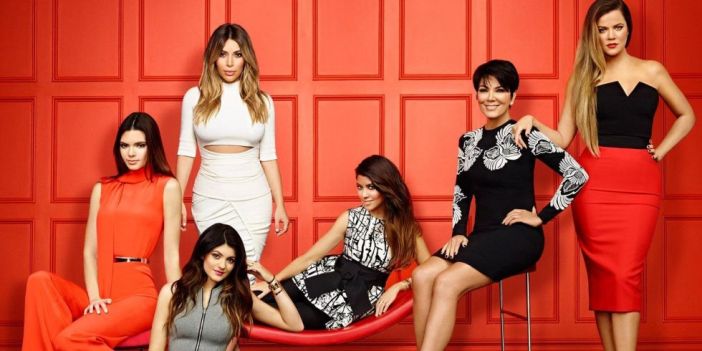 Celebrities are well aware of the mass following that they attract and have capitalized on this success. One of such ways that celebrities have taken advantage of their fame is through the use of their image in various products’ advertising campaigns.
Celebrities are well aware of the mass following that they attract and have capitalized on this success. One of such ways that celebrities have taken advantage of their fame is through the use of their image in various products’ advertising campaigns.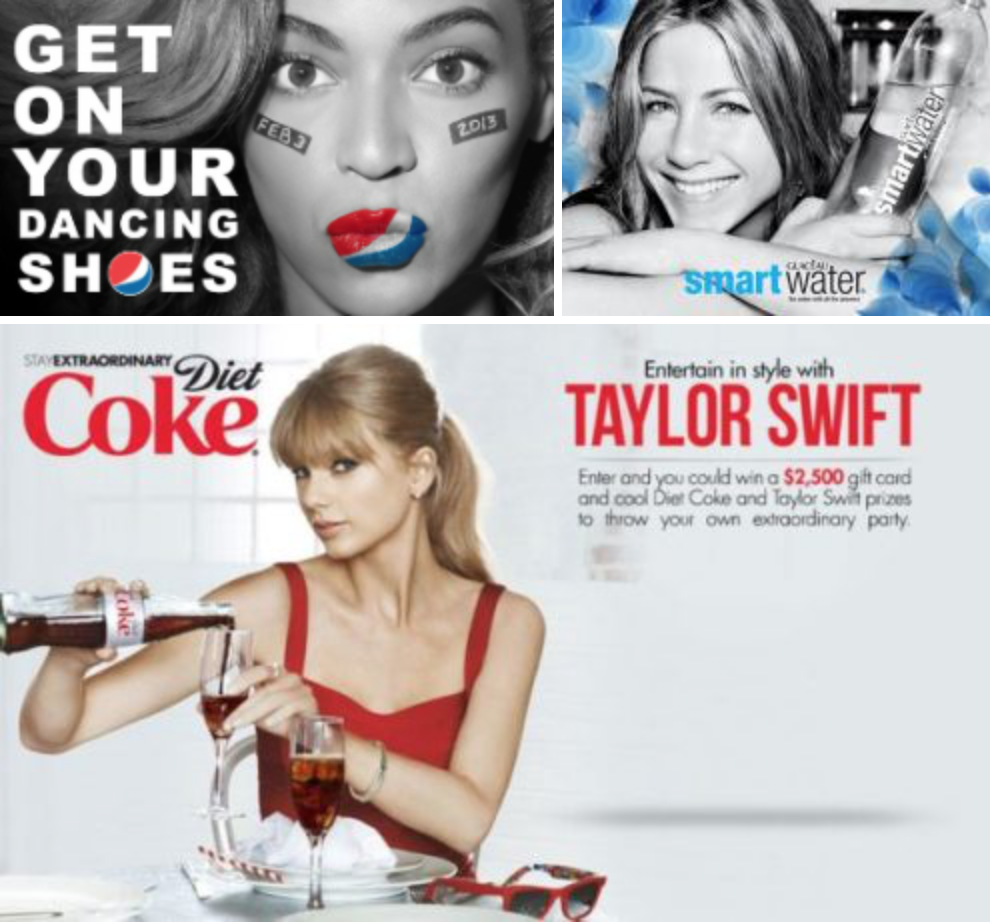
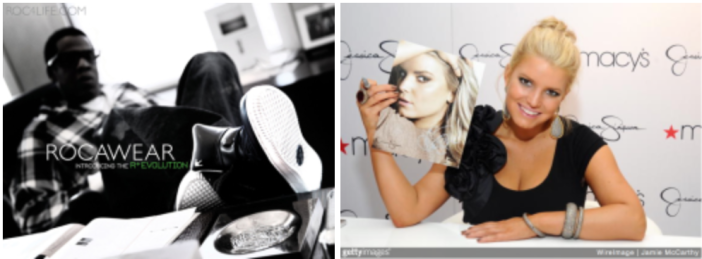





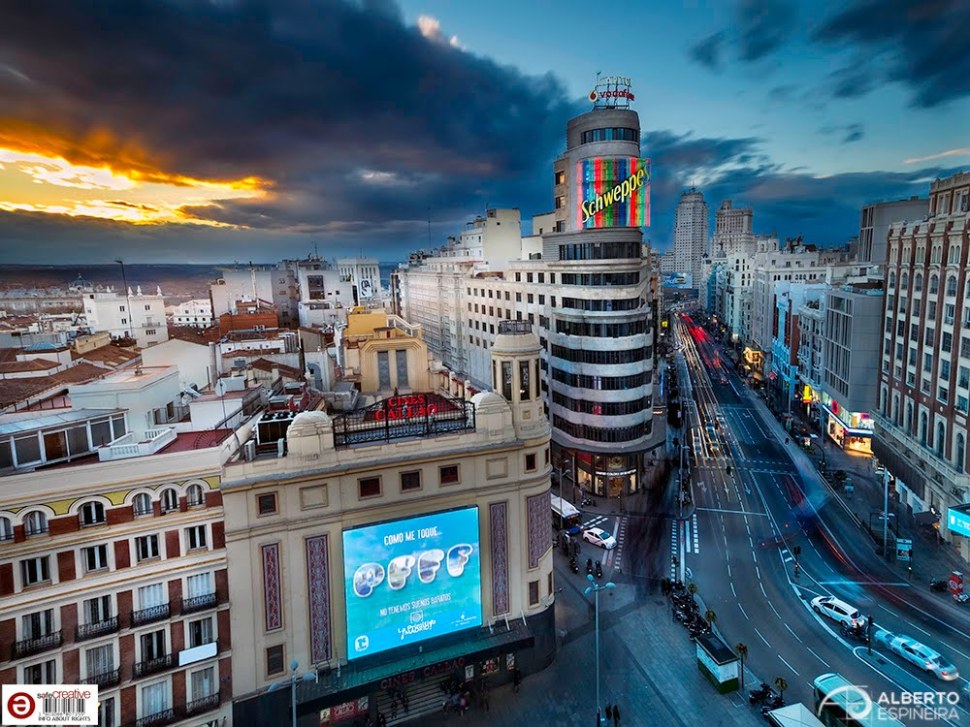



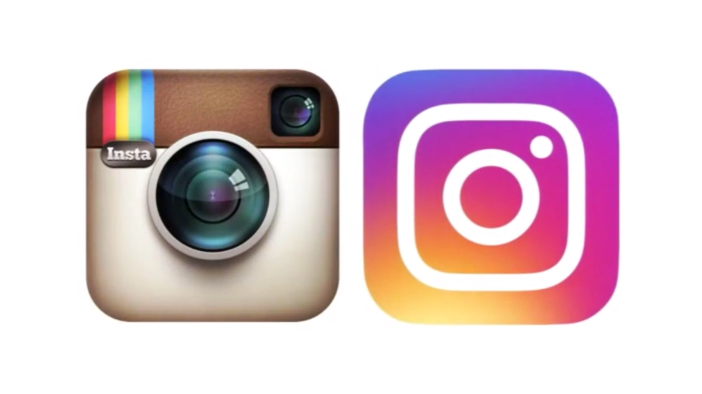 Companies that use Instagram tend to targeting a younger demographic that frequently uses social media. Because companies target a younger demographic through Instagram, they tend to take this into consideration when planning content. Instagram is a way of presenting the company’s ideas in a manner that could be easily understood by younger consumers and a younger target group. When planning product advertisements and marketing, companies that use Instagram take advantage of the platform’s ability to showcase their products in a highly stylized and artistic fashion.
Companies that use Instagram tend to targeting a younger demographic that frequently uses social media. Because companies target a younger demographic through Instagram, they tend to take this into consideration when planning content. Instagram is a way of presenting the company’s ideas in a manner that could be easily understood by younger consumers and a younger target group. When planning product advertisements and marketing, companies that use Instagram take advantage of the platform’s ability to showcase their products in a highly stylized and artistic fashion.
